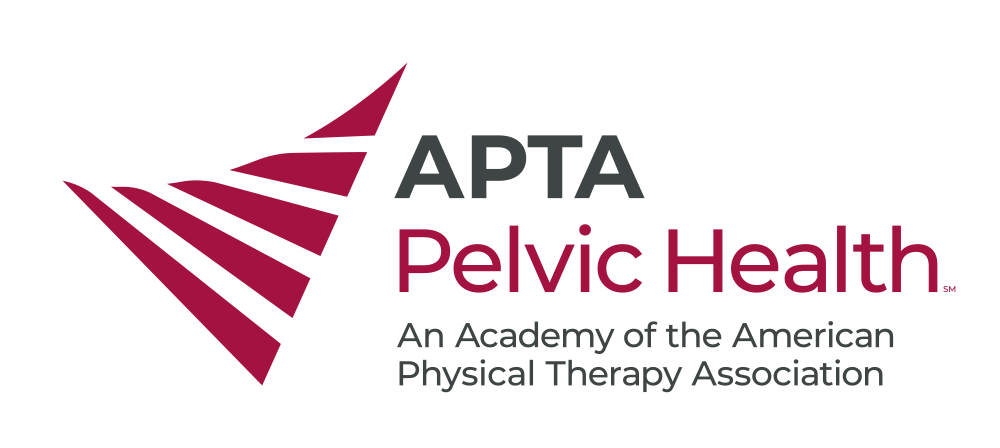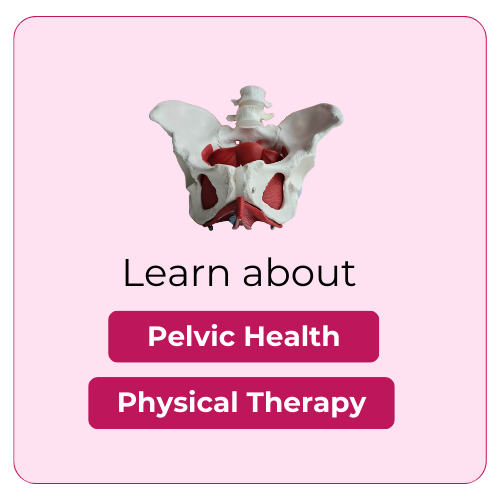Ready or Not Here They Come! Prepping the Women’s Health PT for the New Evaluation Codes
By Kelly Huestis, MPT; Nakisha Jackson, DPT; and Katie Pring, MPT

As women’s health physical therapists, changes in health care policy always evoke the question, “But how does this apply to MY patients?” We often march to our own drum in terms of treatments and types of patients seen. This is no different for the new evaluation codes that started January 1, 2017.
Codes 97001, PT Evaluation, will no longer be used and will be replaced by three new codes of varying patient complexity:
97161 (PT evaluation low complexity)
97162 (PT evaluation moderate complexity)
97163 (PT evaluation high complexity)
To determine the correct code, the four components of History, Examination, Clinical Decision Making, and Development of Plan of Care must be documented clearly. See the APTA’s page as an excellent resource on the basics of the new codes: http://www.apta.org/PaymentReform/NewEvalReevalCPTCodes/.
The following are three case examples for classic women’s health patients and our suggested evaluation code for each, based on the four elements.
Case #1
A 65-year-old female presents with stress urinary incontinence (UI) for the past 10 years, 1 pantiliner per day. New onset of urge UI with 3 episodes of complete loss of control over the last 6 months and frequent dribbling on the way to the restroom. Voiding eight to 10 times per day, 1 time per night. PMH: HTN, 2 C-sections. Medication: Lisinopril. Examination finds normal lumbar, SIJ and lower quadrants, pelvic floor weakness.
| History | Examination | Presentation | Decision-Making |
| None to affect current POC | Pelvic Floor Weakness | Stable, uncomplicated | Low Complexity |
We would consider this a Low Complexity Evaluation, Coded 97161.
Case #2
A 76-year-old female is referred for cystocele, unimproved with pessary. History of frequent urinary tract infections. Presents with urinary retention, urge UI, frequency, nocturia. Functional limitations: bathroom mapping, sleep disruption, inability to travel, and pain with sitting. Patient is retired but volunteers regularly in a hospital. PMH: IBS, HTN, arthritis. Outcome Tools: UDI-6 25/100, PFIQ 86/300. Objective findings: Pelvic floor weakness and tension, low endurance, pelvic floor and core incoordination, poor bladder habits.
| History | Examination | Presentation | Decision-Making |
| Frequent UTIs
IBS |
Pelvic Floor Weakness & Dysfunction
Nocturia and urgency/frequency Pain in sitting |
Unstable due to frequent UTIs | Moderate. Use of outcome tools shows QOL impact. Behavioral modifications impact success. Combination of weakness, retention, and incontinence. |
We would consider this a Moderate Complexity Evaluation, Coded 97162.
Case #3
A 48-year-old female referred for pelvic pain. She presents with complaints of mild UI and pelvic pain that increases throughout the day. Worse with prolonged seated and stance activities. Recently underwent bladder suspension surgery with continued pain and UI. She reports having a lumbar fusion five years ago, with chronic LBP that requires pain management intervention. Pelvic girdle pain is located at the right SI joint. PMH includes MS, DM, smoking, depression, two C-sections, gall bladder removal. Exam Findings: decreased PFM extensibility and inability to relax, 4/5 Positive SI Joint Provocation Tests, decreased hip strength for hip extension and abduction, decreased core stability and coordination, poor posture and body mechanics, difficulty with gait, trouble with transfers, no current attempt at self-management or exercise. Outcome Tools: Oswestry LBP Questionnaire 72%, PFIQ 201/300.
| History | Examination | Presentation | Decision-Making |
| MS, DM, recent bladder suspension, smoking, depression, lumbar fusion | Pelvic Floor Tension, SI Dysfunction, Gait dysfunction and trouble with transfers, Hip and core weakness, sitting intolerance | Unstable, Progressive. S/p recent surgery | High. Use of outcome tools shows QOL impact. Complicating co-morbidities will impact success of interventions, many inter-related active impairments. |
We would consider this a High Complexity Evaluation, Coded 97163.
Keep an eye on the SOWH Payment, Policy, and Advocacy Page for more examples and helpful links on the topic: http://www.womenshealthapta.org/practice-payment-policy-and-advocacy. For more information about outcome measures, please refer to the Practice section of the SOWH website under Functional Outcome Measures: http://www.womenshealthapta.org/fom/. Send your questions to pc@womenshealthapta.org.
AUTHORS: Kelly Huestis, MPT; Nakisha Jackson, DPT; and Katie Pring, MPT, serve on the SOWH Reimbursement Committee.


